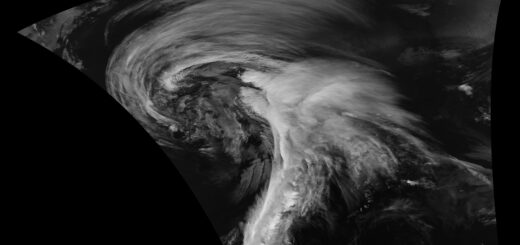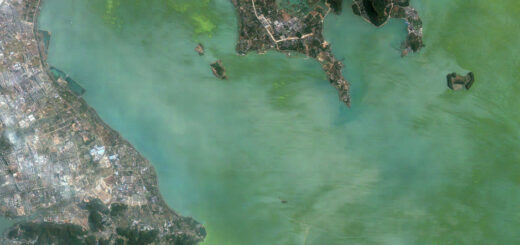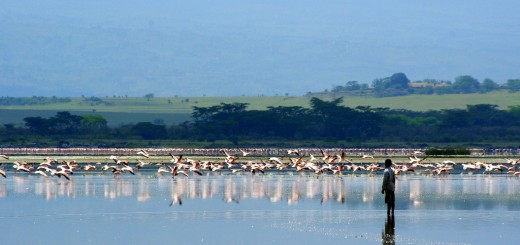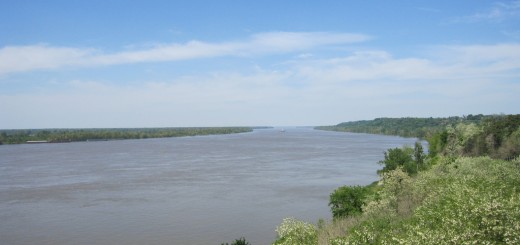Research Summary: Food Web Topology In High Mountain Lakes
0Abstract
Although diversity and limnology of alpine lake systems are well studied, their food web structure and properties have rarely been addressed. Here, the topological food webs of three high mountain lakes in Central Spain were examined. We first addressed the pelagic networks of the lakes, and then we explored how food web topology changed when benthic biota was included to establish complete trophic networks. We conducted a literature search to compare our alpine lacustrine food webs and their structural metrics with those of 18 published lentic webs using a meta-analytic approach. The comparison revealed that the food webs in alpine lakes are relatively simple, in terms of structural network properties (linkage density and connectance), in comparison with lowland lakes, but no great differences were found among pelagic networks. The studied high mountain food webs were dominated by a high proportion of omnivores and species at intermediate trophic levels. Omnivores can exploit resources at multiple trophic levels, and this characteristic might reduce competition among interacting species. Accordingly, the trophic overlap, measured as trophic similarity, was very low in all three systems. Thus, these alpine networks are characterized by many omnivorous consumers with numerous prey species and few consumers with a single or few prey and with low competitive interactions among species. The present study emphasizes the ecological significance of omnivores in high mountain lakes as promoters of network stability and as central players in energy flow pathways via food partitioning and enabling energy mobility among trophic levels.

Sánchez-Hernández J, Cobo F, Amundsen PA (2015) Food Web Topology in High Mountain Lakes. PLoS ONE 10(11): e0143016. doi:10.1371/journal.pone.0143016
Introduction
Ever since the concepts of food chains and food webs were introduced in the in the late 1800s, many studies on feeding relationships have been carried out to address food web complexity and functioning. The importance of omnivorous species as promoters of stability has been recognised as a result of their ability to use different food resources leading to reduced inter- and intraspecific competition. In addition, the prevalence of omnivores in food webs may be related to two other important features: firstly, omnivores can have an important impact on energy flows and nutrient cycling and secondly, omnivores can increase the number of links (usually measured as linkage density or the average number of links per species) and hence the food web connectance (i.e., the realized number of links as a proportion of the potential number of links).
Fish are usually at the top of freshwater food chains. In lakes, a major pathway of energy transfer is often through pelagic food chains, but also benthic prey can be important resources for fish. Fish, via their foraging behaviour, are able to modify important food web properties such as for example linkage density, connectance and omnivory. Food web topology in lakes has received attention, but the majority of the studies have focused on the pelagic zone, and relatively few have included the macroinvertebrates from the littoral and profundal zones. The inclusion of the benthic biota in food web analysis allows a broader perspective of ecosystem functioning, especially when it is considered that the pelagic, littoral and profundal zones may be coupled through fish.
High mountain lakes that are present across the world constitute simple systems due to low species diversity and low primary production. Originally fish-free alpine lakes have frequently been stocked with salmonid species for recreational purposes, and food webs can be affected by fish introductions because fish are able to modify the structure and composition of both the zooplankton and littoral macroinvertebrate communities. To understand the ecosystem functioning of such high mountain lakes, their food web topology has to be explored, but there are still several issues relating to food web structure, prevalence of omnivory and trophic level about which little is known. A notable exception is the study by Harper-Smith et al., which demonstrated that the structural complexity of the food web in high elevation lakes in Sierra Nevada (2870–3600 m) is greatest in those that are fish-free. In the present study, we have constructed trophic webs for three high elevation lake systems of Central Spain (lakes Caballeros, Cimera and Grande de Gredos) to include all relevant trophic levels (littoral vegetation, phytoplankton, zooplankton, macroinvertebrates, amphibians and fish). The main objective was to provide, analyse and compare high-resolution topological food webs for the three systems; one lake without fish, one with introduced brook charr Salvelinus fontinalis (Mitchill, 1814) (henceforth simply charr) and one with native brown trout Salmo trutta Linnaeus, 1758 (henceforth simply trout). More specifically, this study aimed to: (i) quantify important structural network properties of alpine lakes such as food web connectance, number of trophic levels and prevalence of omnivory, (ii) investigate how the structural network properties change when benthic biota are added to complement the pelagic web and complete the lacustrine food web, and (iii) compare the food web topology of these alpine lakes with published information from other lentic systems using a meta-analytic approach. We hypothesised that (i) connectance would be higher in lakes with fish than those without, (ii) structural network properties should be more complex when benthic biota are incorporated, and (iii) food webs in alpine lakes are relatively simple in terms of linkage density and connectance, in comparison with lowland lakes.
Full study, including Materials & Methods, Results and Discussion, published under Open-Access license in PLOS ONE.
Featured Image: Sierra de Gredos overlooking the Tietar River. (Credit: Wikimedia Commons User Nacho~commonswiki via Creative Commons 3.0)













